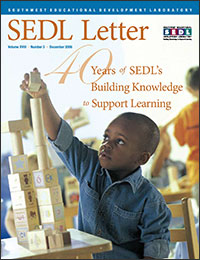The 1980s: A Decade of Rebuilding

SEDL’s second chief executive officer, Dr. James Perry, thought SEDL was secure when he signed agreements that provided federal support for the institution’s work through 1984. He resigned in late 1981, and SEDL’s director of field research—who had overseen the Follow Through Program and several innovative dissemination initiatives—took the helm on an “acting” basis. In February 1982, after an extensive nationwide search, Dr. Preston Kronkosky was named SEDL’s third chief executive officer, just in time for the Reagan revolution.
When Ronald Reagan took office in 1981, he vowed to curtail the federal role in education and even to abolish the Department of Education. That plan was never carried out, but the administration consolidated programs and redirected large portions of aid into block grants to the states. The Reagan administration, however, helped jumpstart the education reform movement when a national commission appointed by the Secretary of Education released the groundbreaking report, A Nation at Risk, in 1983.
A Changing Federal Focus

Dr. Kronkosky had barely settled into his new position when the government announced that all regional laboratory contracts were to be unilaterally cancelled. Thanks to the labs’ good standing with key members of Congress, this death sentence was commuted to a national recompetition of all the lab contracts in 1985. Field research was out; capacity building through training, technical assistance, product development, and dissemination was in. In 1985 SEDL conducted regionwide needs assessment surveys and designed an ambitious agenda that, as always, focused strongly on English language learners, supports for basic skills instruction, and family involvement. SEDL also proposed a new program to provide rapid-response information for the region’s education policymakers, particularly legislative and governors’ office staffs.
Dr. Preston Kronkosky: Building a Foundation for the Future
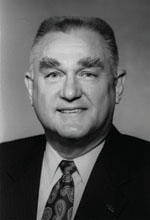
Dr. Preston Kronkosky, SEDL’s president and chief executive officer from 1981 to 1996, devoted more than 37 years to a career in education, 28 of them with SEDL. During his early career, Dr. Kronkosky served in the U.S. Marine Corps. He then became a classroom teacher and an administrator in Corpus Christi ISD. When he came to SEDL, he brought with him a deep concern for underserved children and teenagers.
Rogers L. Barton, once Dr. Kronkosky’s supervisor in Corpus Christi, recruited him into SEDL’s field services work. During his tenure as CEO, Dr. Kronkosky successfully diversified SEDL’s funding base and guided the regional laboratory work through its transition from a research focus to that of capacity building among state agencies, education service centers, associations, and school districts. Dr. Kronkosky also established a capital building fund for SEDL, which made possible the new headquarters building in Austin, set to open in Fall 2007.
New Work, New Commitment to School Reform
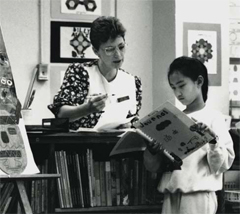
With this proposal SEDL successfully defended a once-again reorganized five-state southwestern region (consisting of Arkansas, Louisiana, New Mexico, Oklahoma, and Texas) against a bid by testing giant Educational Testing Service. Dr. Kronkosky and his staff also undertook a rebuilding strategy, looking for additional funds to support and expand the national reform agenda spurred by A Nation at Risk.
In 1983 SEDL established the Regional Rehabilitation Exchange, the first in a succession of projects designed to ensure that products, services, and research findings targeted to people with disabilities are accessible, relevant, and of the highest quality. In 1986 SEDL began providing technical assistance to Texas schools through the Bilingual Multifunctional Resource Center, a precursor to the current regional comprehensive centers.
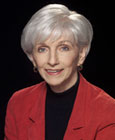
Dr. Shirley Hord
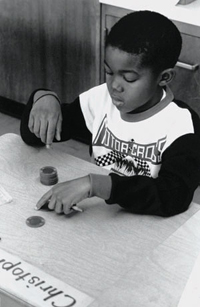
Dr. Kronkosky also struck a deal with the Research and Development Center for Teacher Education at the University of Texas through which SEDL took custody of research-based products and tools related to the Concerns-Based Adoption Model (CBAM), a nationally recognized framework for understanding and facilitating the adoption of educational innovations. SEDL also was fortunate to hire Dr. Shirley Hord, one of the model’s lead developers. Now a scholar emerita with SEDL, Dr. Hord conducted innumerable SEDL-sponsored trainings in the use of CBAM’s tools. Over the next 2 decades, she also led a series of research and development initiatives addressing school leadership, professional learning communities, and systemic reform.
Once again, SEDL closed the decade on an upswing. From a low of less than $2 million in funding in 1983, SEDL more than doubled its funding by 1990, its rebuilding efforts bolstered by the national tide of educational reform. In 1989 President George H. W. Bush and the nation’s governors met to lay the groundwork for the National Educational Goals, which emerged as the centerpiece for reform in both the Bush and Clinton administrations (Robelen, 1999).
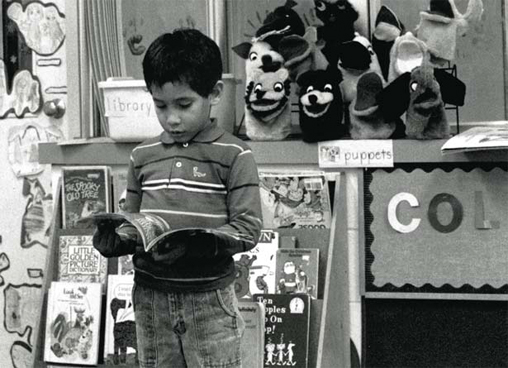
Next Article: The 1990s: Putting the Pieces Together
